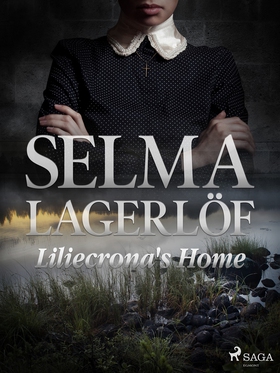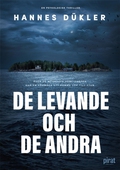
Lägg till önskelistan
Liliecrona's Home (World Classics) e-bok
Pris
109 kr
At the bottom of the dried out Svartsjö lake (Black Lake) lies the Lövdala Parsonage with its stables and outhouses. There resides the good-hearted, widowed Pastor Lyselius and his beautiful daughter. One day, his new wife arrives and she turns out to be a wicked stepmother. She torments her servants and especially the parson's daughter, Maia Lisa. We follow Maia Lisa through torments and sufferings where she gets ever new and harder burdens to carry on her weak shoulders. But by her side thr...
E-Bok
109 kr
Pris
Ljudbok
109 kr
Pris
Förlag
Saga Egmont
Utgiven
22 Juli 2020
Genrer
Romaner, Skönlitteratur
Serie
World Classics
Språk
English
Format
epub
Kopieringsskydd
Vattenmärkt
ISBN
9788726553130
At the bottom of the dried out Svartsjö lake (Black Lake) lies the Lövdala Parsonage with its stables and outhouses. There resides the good-hearted, widowed Pastor Lyselius and his beautiful daughter. One day, his new wife arrives and she turns out to be a wicked stepmother. She torments her servants and especially the parson's daughter, Maia Lisa. We follow Maia Lisa through torments and sufferings where she gets ever new and harder burdens to carry on her weak shoulders. But by her side through it all is clear-eyed Little Maid, who is never afraid to say what she thinks. It is hard to see her stepmother take control Lövdala and to see her father's his nice personality vanish as he becomes a marionette in his new wife's hands.
"Liliecrona's Home" was first published in Sweden in 1911 and was translated to English by Anna Barwell in 1913.
Selma Lagerlöf (1858-1940) has written a series of novels and short stories about peasant life in Sweden. Her first novel “Gösta Berling's Saga” was made into the 1924 eponymous silent film featuring Greta Garbo, as well as into the 1925 Zandonai opera “I Cavalieri di Ekebù”. Lagerlöf was the first female writer to win the Nobel Prize in literature, which was awarded to her in 1909. She was also the first female member of the Swedish Academy, which she entered in 1914.












